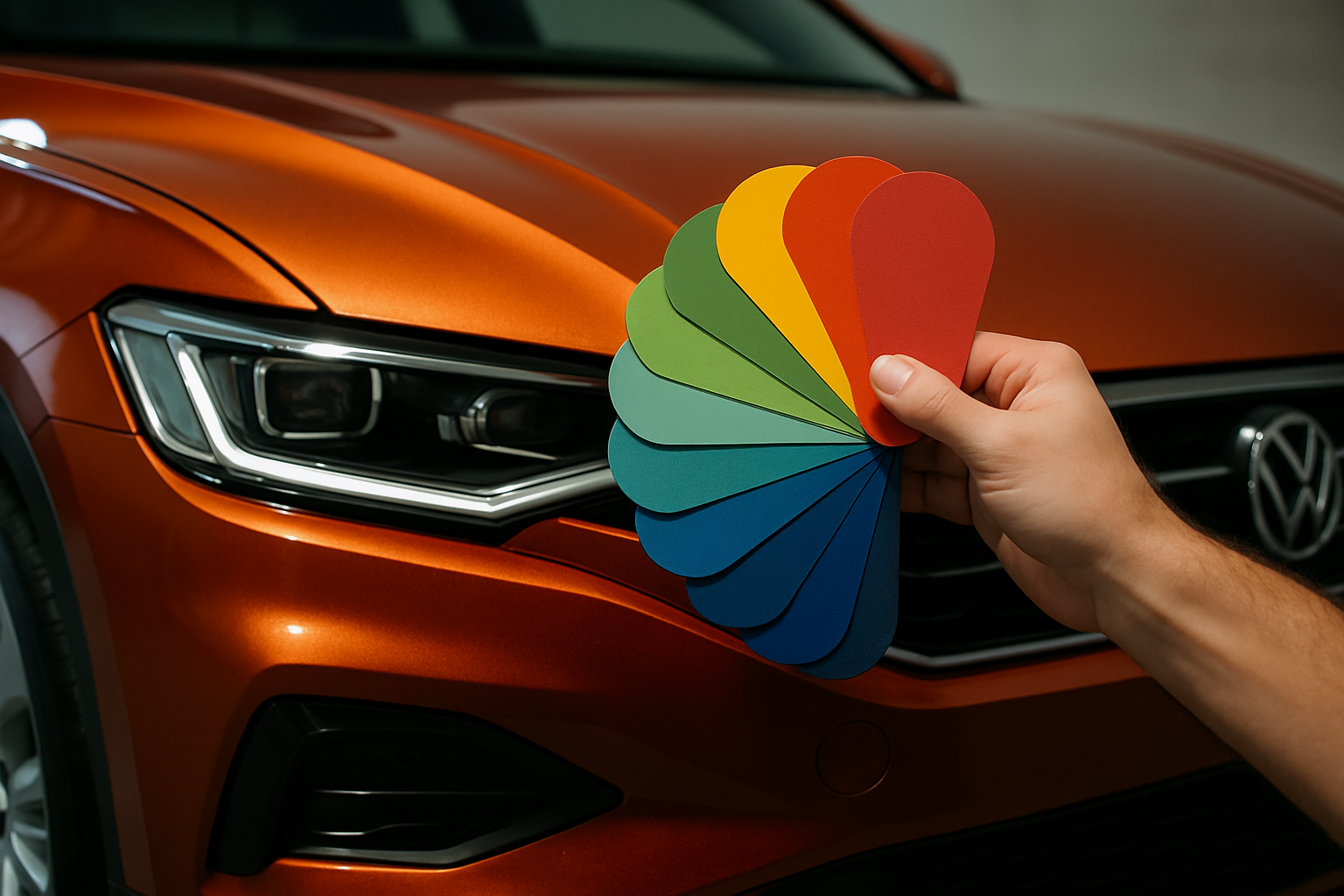The Hidden Art of Automotive Color Design
In the world of automotive design, color plays a pivotal role that often goes unnoticed. Beyond mere aesthetics, the hues adorning our vehicles are the result of meticulous planning, cutting-edge technology, and a deep understanding of consumer psychology. This exploration into automotive color design unveils the intricate process behind the shades that grace our roads.

The Evolution of Automotive Paint
The journey of automotive paint is as old as the automobile itself. In the early days of car manufacturing, vehicles were primarily painted black due to its durability and cost-effectiveness. Henry Ford famously quipped that customers could have any color they wanted, as long as it was black. This limitation was due to the lengthy drying time required for other colors.
As technology advanced, so did the palette of available hues. The introduction of nitrocellulose lacquers in the 1920s expanded color options and decreased drying times. This innovation paved the way for more vibrant and diverse automotive finishes, allowing manufacturers to cater to growing consumer demands for personalization.
The Science Behind the Sheen
Modern automotive paint is a marvel of chemical engineering. It consists of multiple layers, each serving a specific purpose. The basecoat provides color, while the clearcoat offers protection and shine. Between these, various layers contribute to durability, UV resistance, and even self-healing properties.
Advancements in nanotechnology have revolutionized automotive finishes. Nano-ceramic coatings offer unprecedented protection against environmental factors, while color-shifting paints use microscopic flakes to create stunning visual effects that change based on viewing angle and lighting conditions.
Color Psychology in Automotive Marketing
Automotive manufacturers leverage color psychology to influence consumer perceptions and buying decisions. Red often signifies sportiness and excitement, while silver and black are associated with luxury and sophistication. Blue, a perennial favorite, conveys trustworthiness and stability.
Color trends in the automotive industry are cyclical but also reflective of broader societal shifts. For instance, the rise of eco-consciousness has led to an increase in earthy tones and greens, symbolizing environmental friendliness. Meanwhile, bold and unconventional colors often emerge during times of economic prosperity, reflecting consumer confidence.
The Global Challenge of Color Design
Creating a color palette for a global market presents unique challenges. Cultural associations with colors vary widely across regions. For example, while white symbolizes purity in Western cultures, it’s associated with mourning in some Eastern societies. Automotive color designers must navigate these cultural nuances to create palettes with universal appeal.
Climate considerations also play a role in color selection. Lighter colors are often preferred in warmer regions for their heat-reflective properties, while darker hues are more popular in cooler climates. This geographic diversity necessitates a flexible approach to color design that can adapt to regional preferences while maintaining brand identity.
Future Trends in Automotive Color
The future of automotive color design is poised for revolutionary changes. Smart paints that can change color at the touch of a button are no longer just science fiction. These electrochromic coatings use electrical currents to alter the arrangement of pigment molecules, allowing for on-demand color changes.
Sustainability is another driving force in future color trends. Bio-based paints derived from renewable resources are gaining traction, offering eco-friendly alternatives to traditional petroleum-based coatings. These innovations not only reduce environmental impact but also open up new possibilities for unique, naturally-inspired color palettes.
The Unsung Heroes of Automotive Design
Automotive color designers are the unsung heroes of the industry, blending artistry with technical expertise to create the visual language of our roads. Their work goes far beyond selecting appealing shades; it involves understanding complex chemistry, global market trends, and the psychological impact of color on human perception.
These professionals collaborate closely with engineers to ensure that their creative visions can be practically implemented in mass production. They must consider factors such as paint durability, application processes, and how colors will appear under various lighting conditions and on different vehicle shapes.
The process of developing a new automotive color can take years, involving countless iterations and real-world testing. Designers must anticipate trends years in advance, as the colors they create today may not hit the roads until several model years later.
In conclusion, the world of automotive color design is a fascinating intersection of art, science, and psychology. It shapes our visual landscape, influences our purchasing decisions, and reflects societal trends. As technology continues to advance, we can expect even more innovative and dynamic approaches to vehicle coloration, transforming not just how our cars look, but how we interact with them. The next time you admire a car’s stunning finish, remember the intricate process and dedicated professionals behind that perfect hue.





